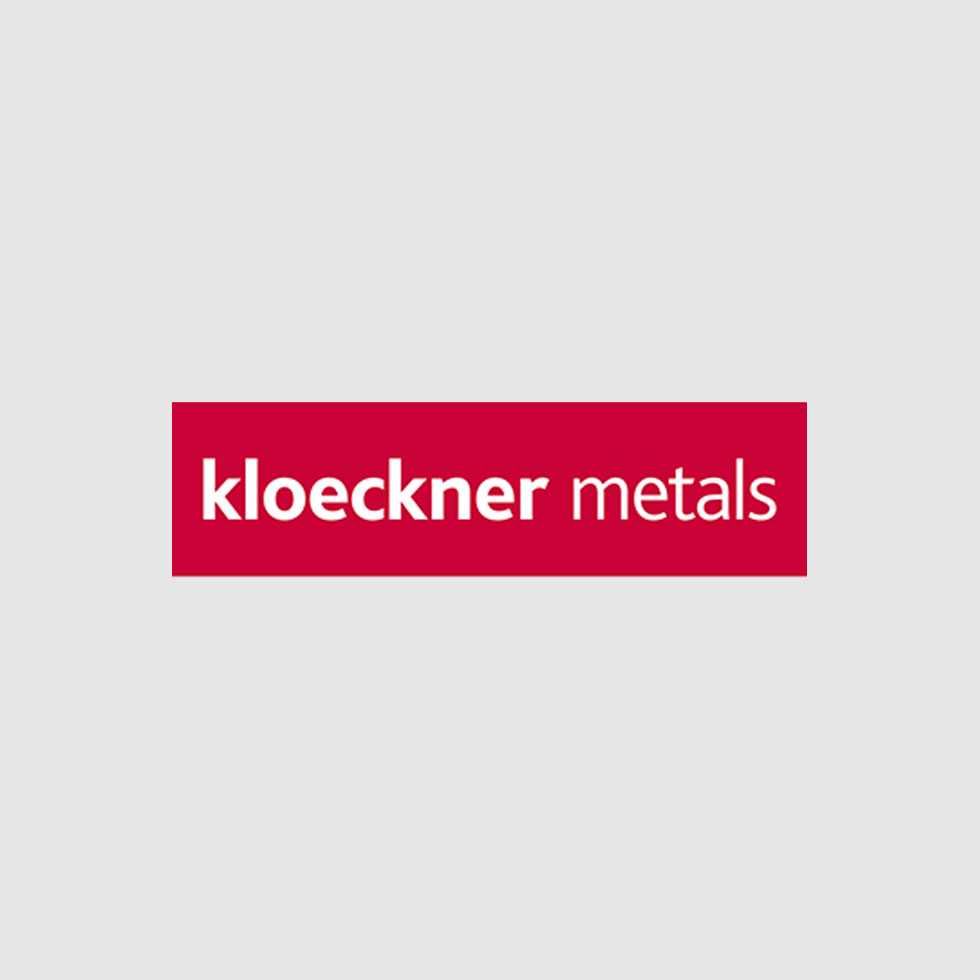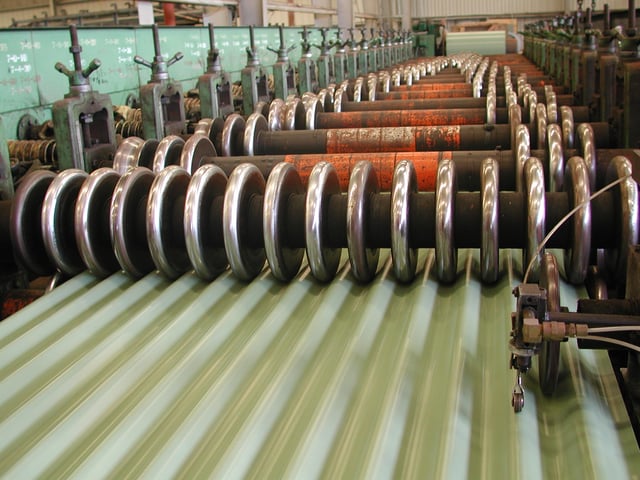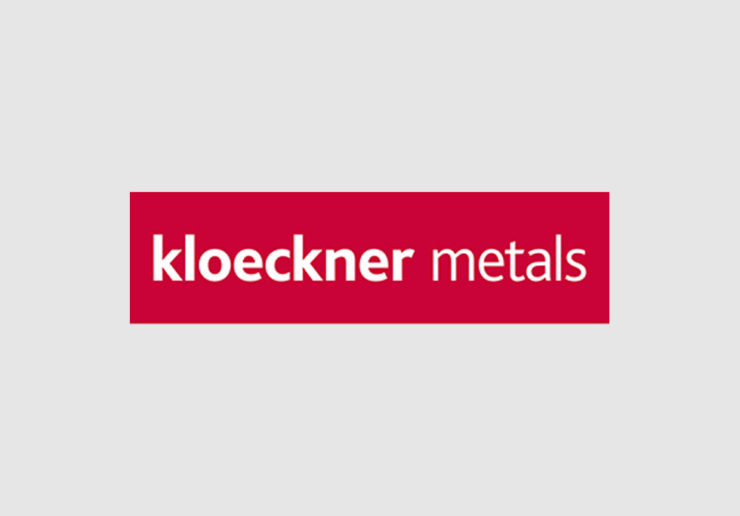

The processes of roll forming and tubing begin when you take a coil product and cut it. Beginning with a large roll of sheet metal, you run the coil through a slitter. This takes the large sheet, 48 inches wide for example, and cuts it down to around four to seven inches. The resulting product is called a slit coil, and this is what is fed into the roll forming machine or tube line.
“The reason you will cut that to a narrower width is because a narrower or wider cut gives you the opportunity to make a larger or smaller roll formed section,” says Rick Hirsch, Vice President and Regional Manager Kloeckner Metals Corporation.
“The main difference between a roll forming machine and a tube line, in very basic terms, is a tubular section. A tube is a piece of steel that has been rolled and welded,” Hirsch says. “Anything that is welded is considered a tubular product.”
Roll forming produces shapes such as angles, channels, and C-sections. Tubes on the other hand are enclosed in shapes such as circles, rectangles, and triangles. Kloeckner Metals produces tube products as small as a ½ inch round or as large as a 3 and ½ inch round tube, and many multiples in between. They can also make shapes that are as small as a ½ inch square all the way up to a 4 by 2 rectangle. All of these shapes, including unusual shapes like ovals and triangles, are made with different unique sets of tooling that you put in the same machine.
These products are made with low-carbon steel. They come in four basic grades.
“The least sophisticated is going to be a hot rolled plain,” Hirsch says. “That’s going to make very down and dirty structural parts that are going to be used in fences and stuff of that nature.”
The next grade up in the hierarchy is called Hot Rolled Pickled and Oiled, or HRPO.
“Above that is cold rolled,” Hirsch says. “That is where you are going to see most of your automotive applications. You’re furniture grades are going to be made out of that.”
The highest grade is galvanized hot or cold rolled. The coat of galvanization is added to make the product more weatherproof and corrosion resistant. All of the different grades can be made into the same shapes.
The shape and grade of the product are going to be determined by the end use. Roll formed and tube metals are used in a multitude of products, from a simple metal fence post at home depot, to high end office furniture, to unique shapes used in gym equipment. They are also often used in construction, as well as in the automotive industry.
“Each product can be produced on a sliding scale from a one to a ten, one being very basic and ten being very aesthetic,” Hirsch says. “It really gets back to just understanding the application and the effort and diligence that you put in to make that product and inspect it while it is being produced.”
At a tube mill, the focus is going to be on generating high volumes. You then can break down the tubes into smaller volumes, all the way down to the piece of tube you will find at a local Home Depot.
“The brother to that tube was made in 100,000 feet, and shipped all around so that person can get that one piece of tube.” Hirsch says. “The closer you are to the mill, the less expensive that tube gets.”
At Kloeckner, the volume of production is very customer driven. The amount of product demanded is going to determine how much is produced.
We’ll make what we sell versus sell what we make,” Hirsch says.
If you like what you are reading, feel free to check out our previous blog posts on topics such as prepainted steel, galvalume metal roofing, enameling steel, metal service centers and aluminum.

Steel base plates are fundamental elements employed in various manufacturing...
Metal fabrication is a critical process that transforms raw metal...
The solar industry has undergone a significant transformation by incorporating...

X
The Kloeckner Metals website uses modern technologies. Unfortunately, your browser doesn't support those technologies.
Download the latest version of one of these browsers to experience the site: